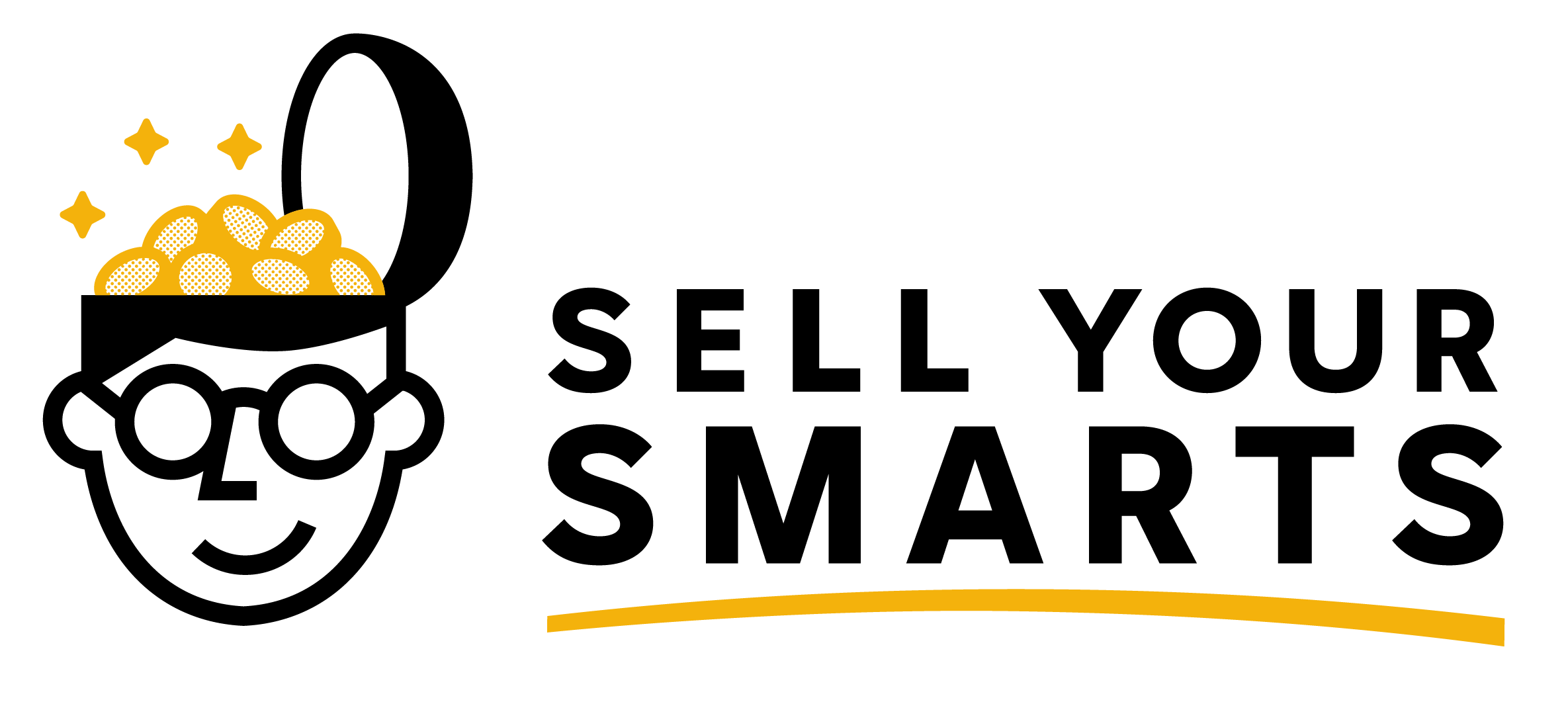We all think we’re different, but in many ways we are all the same. For example, until you have food and water to sustain your body, you don’t have the brain power to even think about becoming a better writer, video editor, or public speaker. Your basic physiological needs always come first.
Insight like this is important, because building an audience is all about building trust. The fastest path to earning people’s trust is empathy that leads people to truly believe you understand them. If you can clearly articulate how your target customer is already thinking or feeling, they are likely to believe you have the solution to the problem that they have, too. So, how do you get inside someone’s head to grasp what they need at any given moment? The answer is inside a triangle.
In 1943, Abraham Maslow revolutionized our understanding of human motivation by outlining a hierarchy of needs to explain how people naturally focus on one level of needs at a time. In order:
- Physiological Needs: Basic bodily needs like food and water
- Safety Needs: Resources like income and strong health
- Love and Belonging: Friendship, family, and connection
- Esteem Needs: Achievement and the respect of others
- Self-Actualization: Desire to become the best one can be
At any given moment, each person in your audience is focused on one primary category of need, and that is immensely valuable context because you can use that to talk to them where they are. You can take the context you already know about their life (the more specific, the better) and make an educated guess about where people are on the pyramid path, so you can help them along.
Only once someone's physiological and safety needs are taken care of can they begin to think about love & belonging, where they are focused on building relationships and community. From there, respect and influence becomes important, including relevant status symbols like a nice car or nice house, and the final category of needs is about achieving your greatest potential.
So, given what you know about your target customer, where are they focused on their own needs right now? Where do your products fit within Maslow's Hierarchy of Needs? Even more important, how does your overall promised transformation connect to people's needs?
In your free content as well as your paid products, you need to connect the dots between what needs your target customer is focused on right now and how you can help. If you get this right, this is like a superpower for your ability to communicate empathy in marketing anything you do—and the results will reflect it.
